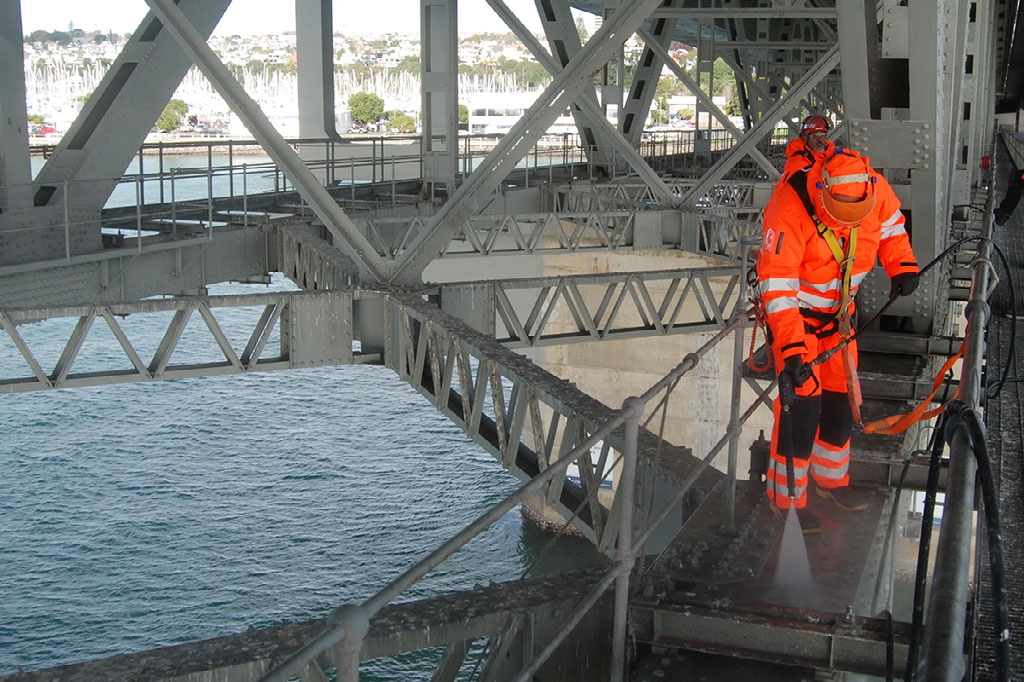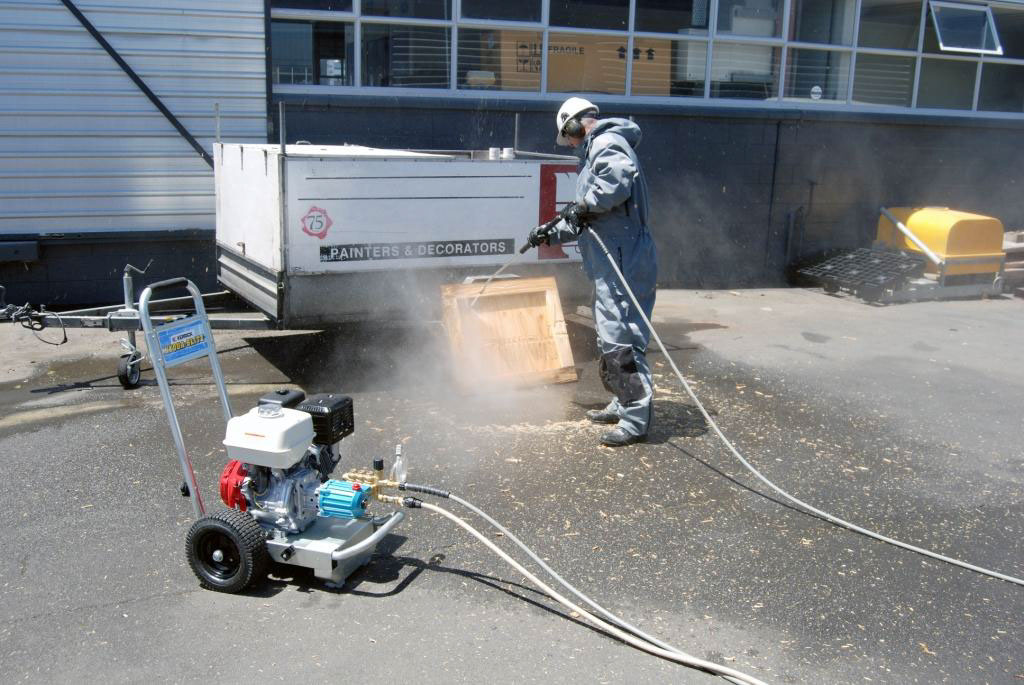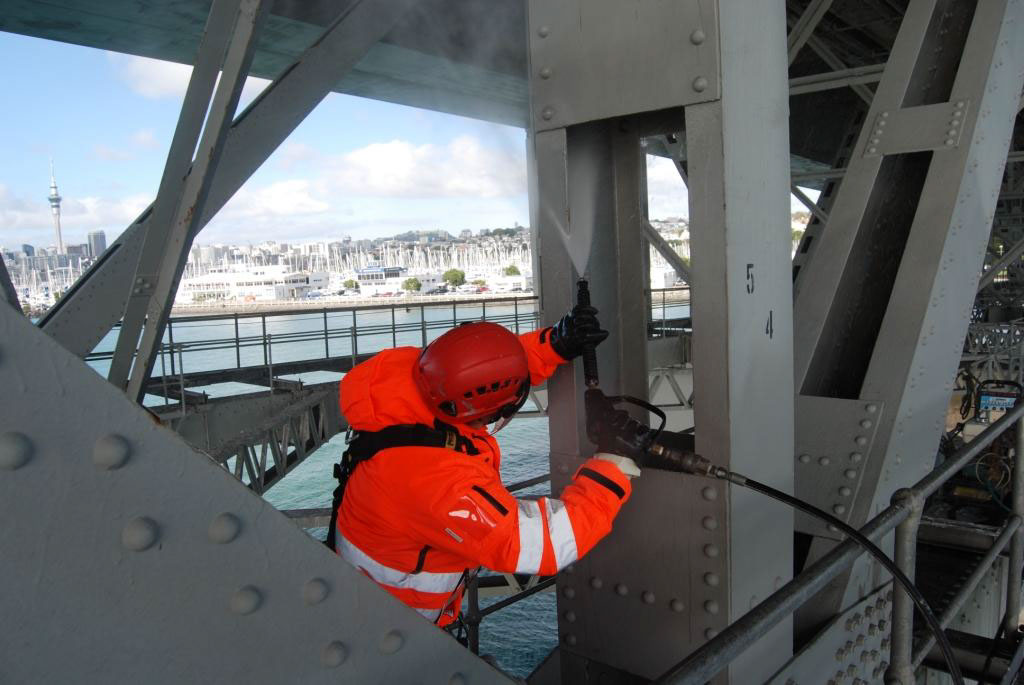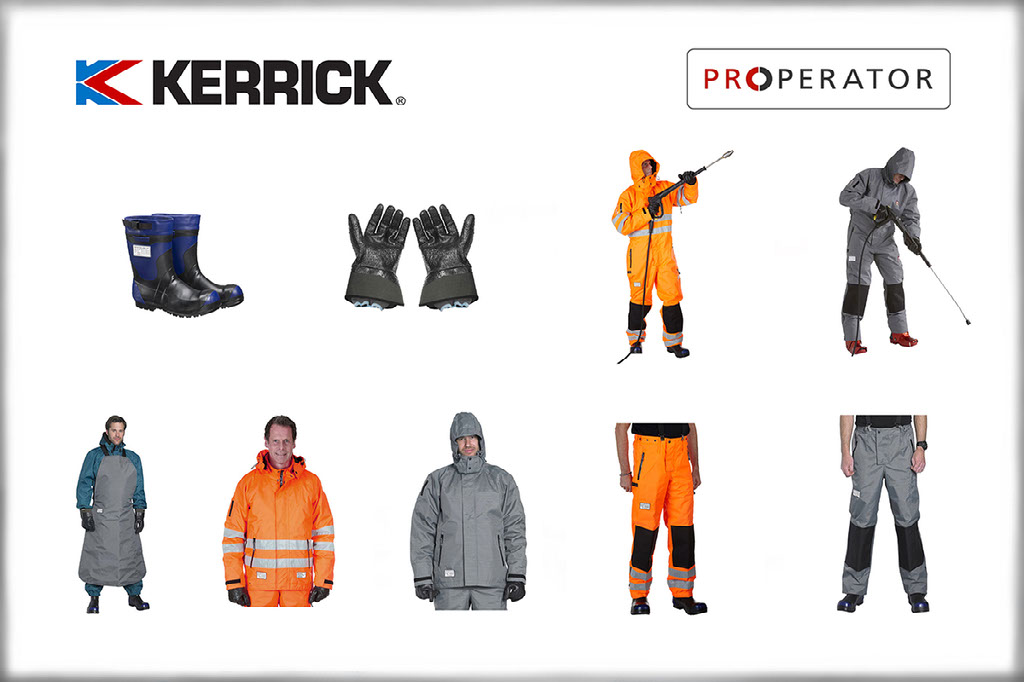Water Blasting Safety The Basics You & Your Team Should Know

A passing swipe of a high pressure water jet stream across any part of an operator's body can cause serious injury, and High Pressure Injection Injuries can have life and limb threatening potential.... Is that a risk you're willing to take?

When Should You Wear PPE?
Accidents aren’t planned, hoses break, couplings fail and people slip, it’s the nature of the industry.
Water Jetting Personal Protective Equipment (PPE) should be used if you will be operating high pressure water jetting equipment or in the vicinity of high pressure water jetting work (strikes in the backs of bystanders are surprisingly common).
DID YOU KNOW THAT THE EYES ARE ALREADY AT RISK AT A PRESSURE OF ONLY 7 BAR (101 PSI) AND SKIN PENETRATION CAN OCCUR AT PRESSURES AS LOW AS 80 BAR (1,160 PSI)?

How Can You Reduce Risks?
- Make sure you and your team know the risks involved before you start;
- Ensure your staff are properly trained to carry out high pressure work;
- Make sure staff on site know what the safety plan is;
- Make sure all personnel know what areas are cordoned off ‘No Go’ zones while cleaning work is being carried out;
- Inspect equipment before each and every use. Worn hose, leaking couplings or malfunctioning safety devices MUST BE FIXED OR REPLACED before work begins;
- Wear the appropriate safety clothing for the task. Ensure that this clothing is certified and approved for the work you intend to use it for; and
- Where possible use automation, removing people from the tools is costly, but it dramatically reduces the risk of injury.

If Someone Gets Hurt, What should you Do?
If the skin is penetrated, seek IMMEDIATE medical attention! High pressure water jet injuries should be considered surgical emergencies. Make sure doctors are supplied with a 'Water Jetting Medical Card' so they can be aware of the risks and take the correct course of action.
The risk of infection is extremely high as often a large amount of contaminated water is forced at pressure into the body.
A water jet injury may appear to be a small and insignificant looking cut however, the actual injury may extend internally for several feet! Meaning a much larger area needs to be cleaned and treated than what initially meets the eye.
MAKE SURE ALL STAFF HAVE A MEDICAL CARD ON HAND, EXPLAINING THE NATURE OF POTENTIAL INJURIES AND THE PRESCRIBED TREATMENT METHODS.

What Water jetting PPE is Available in nz?
Kerrick takes Health and Safety very seriously which is why we carry PPE to suit various operator needs and pressure ratings. We carry clothing ideal for pressure cleaning work ranging from 0 bar to 500 bar, as well as a range of clothing that caters to ultra high pressures of up to 3000 bar.
Products are made with Dyneema which is the world’s strongest fibre it’s 15x stronger than steel on a weight for weight basis, allowing it to offer high levels of protection from water jetting hazards. This material is thinner and more flexible than traditional materials like leather, cotton and metals, making it very comfortable and easy to wear.
Kerrick’s most popular range of water jetting PPE is ProOperator which is rated to 500 bar (7,500 psi) and includes gloves, boots, and apron as well as grey or hi-vis trousers, jacket and overalls. All of these products are comfortable, waterproof and dirt repellent. Kerrick also carries PPE for ultra high pressure water jetting work, just contact our team on 0800 253 774 to find out more.

PROTECT YOURSELF AND PROTECT YOUR STAFF FROM UNNECESSARY DANGER.
